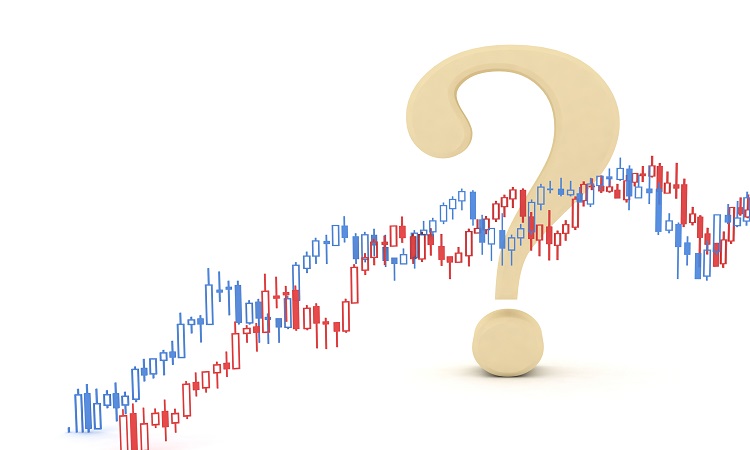Trading News
Trading Stocks Using A Swing Trading Strategy

Trading Stocks Using A Swing Trading Strategy
A trader is an individual or entity, usually in finance, that purchases and sells various financial instruments including stocks, securities, futures, options, currencies, commodities, mutual funds, and derivatives in the capacity of speculator, hedger, broker, or dealer. The main difference between a speculator and a trader is that a speculator anticipates profits from the purchase of a security at a certain price and then sells that same security at a higher price on the expectation that the price will drop. Traders on the other hand are looking to make money by buying and selling particular security at a price that is determined by their perception of the market. Many people use the services of a professional trader or investment advisor to help them determine which instrument to purchase and sell.
Several different tools are used in the trading process. One of those tools is technical analysis. Technical analysis is the study of stock charts and related information to determine the patterns and trends in the underlying financial markets. This form of analysis looks closely at the past performance of a particular security or stock and attempts to predict its future performance. Many people who engage in short-term trading rely on technical analysis to give them some insight into short-term changes in price.
A trader can use technical analysis to determine whether or not a security’s price action is consistent with its profit potential. It’s not uncommon for experienced traders to hold an open day trading account, where they buy and sell securities numerous times throughout the day. When a security’s price action is inconsistent with its expected future result, a trader may be alerted to this fact and decide to sell it before the price action begins to change. That action can result in a profit for the day trader.
Another important aspect of trading is the ability to set stop losses. In this aspect, a trader limits the amount of loss that he will allow stock or other financial investment to incur. A limit will help you avoid letting a stock or other investment do too much damage to your trading account. Additionally, having a limit also allows you to know exactly how much risk you are taking when you trade stocks.
One tool that many new investors use when they begin trading stocks is the trend indicator. Trend indicators are used to analyze a particular security’s recent pattern of movement. They look for trends in terms of range, size, and price. Some trend indicators are more complicated than others and can be difficult for a novice trader. However, once you learn the basics of these tools, they can help you become a successful stock trading investor.
While trading can be an exciting and rewarding experience, it also poses some risk. If you are considering trading shares using this method, you should take the time to learn about the risks that you are taking by trading in this manner. It is important to remember that trading real money can be very profitable, but there is also a risk of losing your account. By taking the time to educate yourself and gain experience, however, you will be able to make smart trades with real money that can lead you to a lifetime of financial success. As always, be sure to conduct thorough research before making any trades with real money.

























